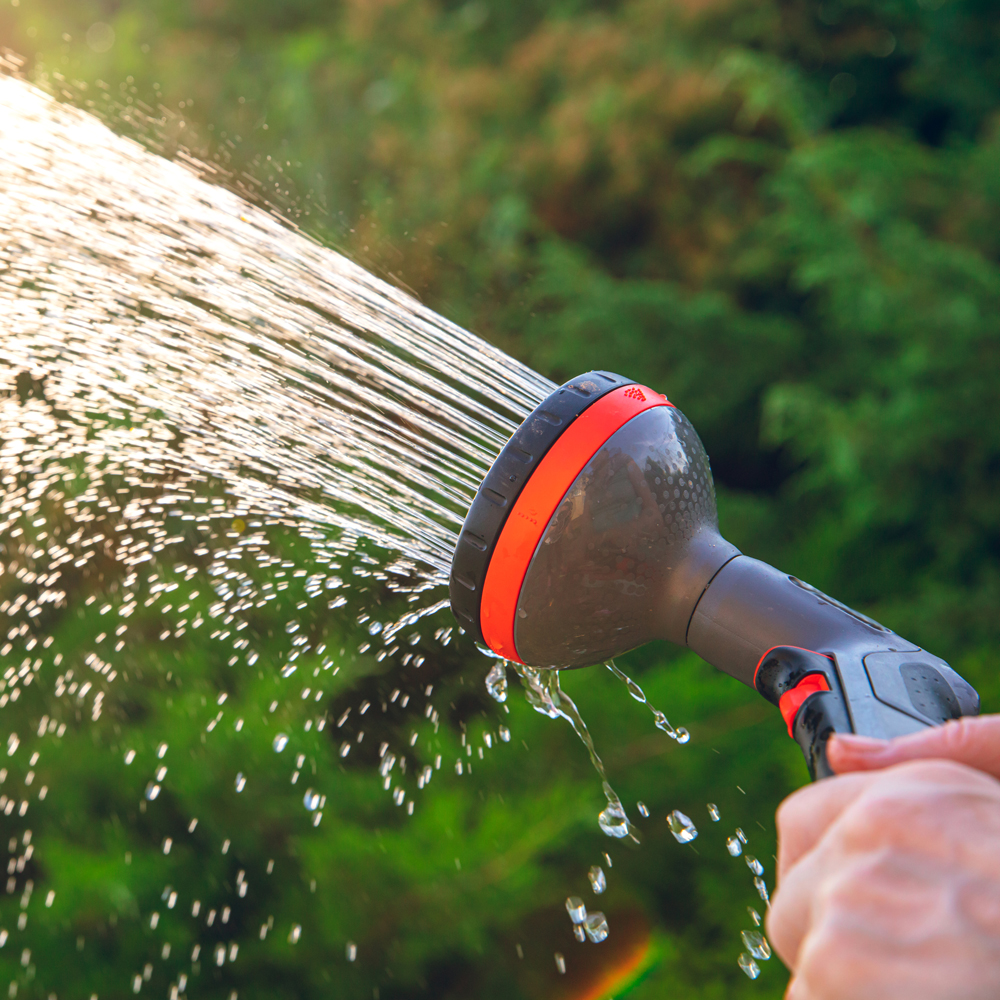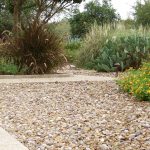The 7-11 a.m./p.m. Stage 2 watering window is, of course, easy for people to remember. But it also makes sense from your plants’ point of view, too.
There has been quite a bit of talk on social media and at recent public events about watering times. Many people wonder why the 7-to-11 window was chosen as the prime time to water.
It helps to have a little history.
Between 2006 and 2013, there were several different watering schedules for the various drought stages. They ranged from 3-8 a.m. and 8-10 p.m., then 6-10 a.m. and 8-11 p.m. But when San Antonio Water System, the City of San Antonio and other concerned parties began reviewing the city’s conservation ordinance in 2012, the 7-11 a.m./p.m. times were proposed during many of the discussions.
Long story short, most everyone involved agreed the new hours were easy to remember and made the most sense for people and plants. So, in 2014 a revised ordinance with new start times became a reality.
The primary reasons behind changing the watering times are simple.
- Less maintenance. In-ground irrigation systems fail, and often. If they run during the early morning or night and malfunction, thousands of gallons of water are lost. And no one is the wiser until an enormous water bill arrives.

- Helpful to those who water with a handheld hose. Most SAWS customers use hose-end sprinklers or water by hand, so it’s easier (and safer) to drag the hose around when it’s not so hot (or dark) out. Also, hand-watering with a hose-end nozzle or sprinkler is an effective conservation method as it promotes more efficient, targeted watering — applying water only to areas that need it, instead of the entire landscape at once with an irrigation system.
- Benefits plants physiologically. Watering in the wee morning hours is not advantageous in South Texas because of the very high humidity. Irrigating too early or too late encourages fungi on lawns, specifically gray leaf spot in the summer and brown patch in the fall.
Lastly, the SAWS Conservation department conducted research on the topic of watering times and consulted the USDA Research Laboratory in Bushland, Texas, which has kept track of the evapotranspiration (or ET) rates for grass. It was determined that depending on the season, the rate of ET — the amount of water needed/released for photosynthesis — rises dramatically at about 10 a.m. and decreases considerably at about 8 p.m.
While those times don’t match our watering hours exactly, they coincide remarkably well.




